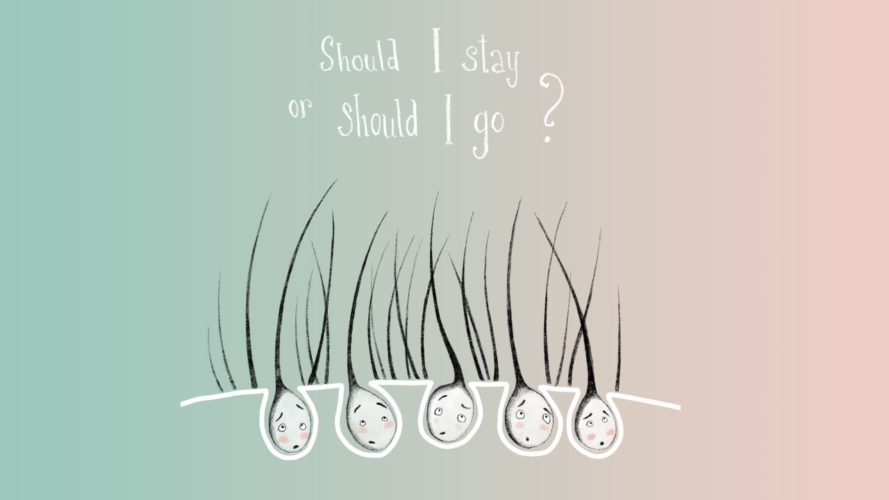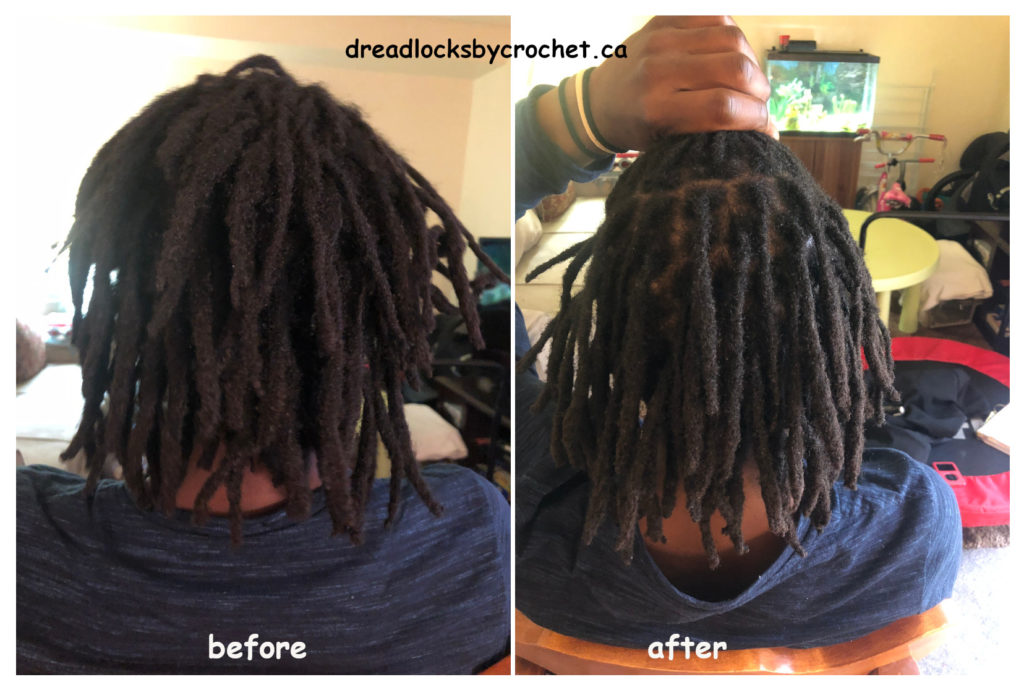Table Of Content

It is often best to let them heal on their own and take preventive steps. The cost of laser hair removal depends on how big the area being treated, how many treatments you need, and the going rate in your area, among other factors. The average is $389 per treatment, according to the American Society of Plastic Surgeons.

VENUS Gillette Venus Women's Razor with Blade Refill
Now we all know that most of the home remedies and simple waxing don’t actually help with ingrown hair. You will be needing something more effective, such as an ingrown hair serum. Not only does this serum removes the cysts, but also prevents any further growth. Also, ingrown hair serums are available for different skin types, so you can choose a product that will not damage your skin in any way possible.
WHAT ARE THE SIGNS OF INGROWN HAIRS?
You can also remove an ingrown hair that has looped or curled back into your skin by gently pulling it out with a sterile needle, pin or tweezers. Apply rubbing alcohol to your surrounding skin to prevent an infection. Then, carefully thread the sterile needle, pin or tweezers through the exposed hair loop. Gently lift the hair loop until one end releases from your skin.
Alternative hair removal methods
When this happens, the body responds to the hair as if it were an intruder, causing inflammation, which is the typical symptom of an ingrown hair. Preventing ingrown hairs can often be managed at home, though there are times when a visit to the doctor may be appropriate. If you can't go that long without removing your hair and other self-care techniques aren't helping, your health care provider might recommend medications, laser-assisted hair removal or both. Ingrown hairs can also result from increased friction that occurs when clothes rub against recently waxed dry skin. “This is called a pustule and occurs because there is a buildup of bacteria, or an infection,” adds Dr. Lolis.
Try an acid product
Pubic Lice: Still NOT Going Extinct - WIRED
Pubic Lice: Still NOT Going Extinct.
Posted: Mon, 29 Sep 2014 07:00:00 GMT [source]
The market has exploded with skin care products with different ingredients to help with ingrown hairs. If you’re aiming for a smooth, hair-free look, ingrown hairs can ruin the effect. These unsightly bumps can be an annoying side effect of hair removal.
"Move a washcloth or clean, soft-bristled toothbrush over the area in a circular motion for several minutes," she suggests. We like Jack Black Bump Fix Razor Bump & Ingrown Hair Solution ($28; sephora.com). Deep ingrown hairs frequently arise when a hair has been removed and then starts growing back and curves into the skin. According to the NHS "an ingrown hair can occur when the hair follicle becomes clogged with dead skin cells". This clogging can force a hair to grow sideways (ouch), but regular exfoliation (once a week) will help prevent that build up of dead skin cells on the surface of the skin. Opt for Ameliorate's Smoothing Body Exfoliant, the combination of lactic acid and physical micro-dermabrasion granules make it seriously effective at dissolving those 'dead, follicle-clogging cells'.
Friction caused by wearing tight clothing for extended periods of time can also cause ingrown hairs. As such, it may not make it all the way to the surface of the skin before turning and clogging the follicle. In the past, some dermatologists believed that single-blade razors reduced risk to the skin.
Preparing Your Skin and Hair
It can lead to folliculitis, when the pore become inflamed and infected. Instead, dab on an antibacterial treatment such as Furs Ingrown Concentrate, £32, to calm and treat the area. You can remove ingrown hairs on your own, but it's typically best to leave this task to a dermatologist or your primary care physician. "It’s possible to remove visible ingrown hairs with the help of a sterile needle and tweezers," Palm says. Shaving is the biggest culprit for triggering ingrown hairs, this is because 'when the hair grows back, it has a sharper edge and can easily poke back into the skin'. The NHS recommends the simplest way to prevent them "is to let your hair grow freely without shaving it", which is something I'm all for, after all, body hair is 100% natural and normal.
Shaving can be potentially more problematic than waxing—or even sugaring hair removal—particularly if you're trying to get a super close shave. "If the hairs are shaved too close to the skin, they tend to have a sharp edge which can reenter the skin and cause an ingrown," says Dr. Icecreamwala. Tweezing, especially along your bikini line, can lead to bumps too, since it can leave a fragment of hair under the skin surface and lead to inflammation, notes Dr. Frieling. As hair grows, it's supposed to leave its follicle (the area that surrounds the root) and exit the skin, growing straight up and out. But in the case of an ingrown, the hair gets all turned around and grows back into the skin. "When a hair reenters or gets trapped under the skin, you end up with an ingrown," says Dr. Devika Icecreamwala, a dermatologist in Berkeley, CA.
By reducing friction, shaving cream reduces the risk of irritation. Instead, a hair keeps growing, but under the skin, either in a curl, in a downward direction, or to the side under the surface of the skin. Usually an ingrown hair looks like a red bump, but sometimes you can see the hair through the skin, and it may have a white pus-filled head. Often minor ingrown hairs can be left alone and they'll usually go away without you having to do anything. In most cases, ingrown hairs usually heal themselves within one to two weeks with only minor irritation, as they eventually release from your skin as they grow longer. Infections can develop around the ingrown hair, causing pus formation, discoloration and pain, though.
Remember to shave in the same direction as hair growth to prevent this from happening. This Veet one comes in a larger size pump bottle and has vitamin E and aloe vera to sooth and hydrate the skin. If you find your hair is a little stubborn for hair removal cream, epilating is a great home option for pulling the hair out rather than cutting it (avoiding those sharp ends). It does have with a low level pain but that greatly lessens over time. Ingrown hairs can crop up anywhere, but most commonly occur in areas where there's frequent hair removal - from the legs to the bikini line and under arms to the jawline. Whether you've recently shaved your armpits or attempted a DIY bikini wax, as the hairs start to grow back, you may notice an unwanted ingrower.













